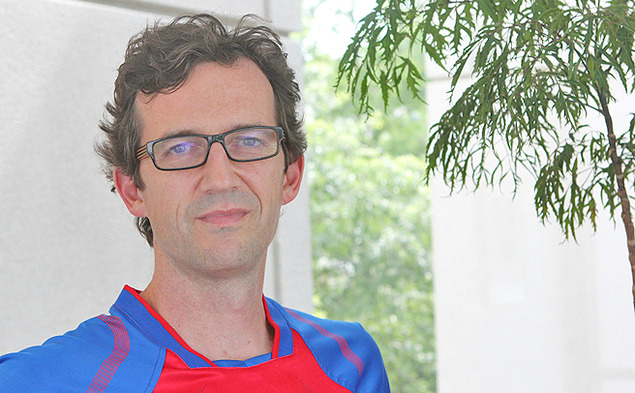Q&A with The Chronicle
 I recently spoke with Duke University’s The Chronicle about gender pay disparity in research medicine.
I recently spoke with Duke University’s The Chronicle about gender pay disparity in research medicine.
Click here to see the Q&A…

The best thing about bad art is that it makes fodder for great reviews. Take the opening line of Mina Strohminger’s review of Colin McGee’s “The Meaning of Disgust”: “In disgust research,” she writes in The Journal of Aesthetics and Critical Art, “there is shit, and then there is bullshit.”
Guess which category she thinks McGee’s book falls under?
read more
View original post and comments at Scientocracy
“Few sinners are saved after the first twenty minutes of a sermon.” Amen to that!
Here is a funny link, funny in my mind, to a profile listing me as one of the world’s top business school professors. And I don’t even think the blogger putting the post together was being ironic. Anyway, some of the content in the post is actually true. Except the part about hospital cafeteria conversations….
Here is a link to a story about a very good friend of mine, Scott Mackler, who I wrote about in my book You’re Stronger Than You Think. Scott was diagnosed with ALS almost 15 years ago. His first symptoms were when he lost grip of a tennis racket, playing against me. And I thought…
“Advertising is legalized lying.” – H.G. Wells (Click here to view comments)
“The most exciting phrase to hear in science, the one that heralds new discoveries, is not ‘Eureka!’ [I’ve found it!], but ‘That’s funny.’ (Click here to view comments)